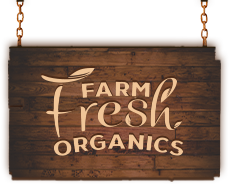Potatoes
Wednesday, November 16th, 2016 | crankit
The Humble Spud
Solanum tuberosum
History
Native to the Andes, the potato was introduced to Europe in 1534 after the conquistador, Francisco Pizarro stumbled upon it near Quito, Ecuador. He described the potato as “a tasty, mealy truffle”.
The potato became popular, albeit reluctantly, by peasants who thought the tubers looked like leprous hands and feet, believed it carried disease, poisoned the soil, and helped spread the dreaded Plague! It became a staple, almost solely depended upon in Ireland – the population relying on it so heavily that when the crops failed in 1845 and 1846, mass starvation and emigration soon followed.
Source of
Potatoes are rich in fibre, vitamins A, C, niacin, thiamine, and riboflavin, iron, calcium and potassium.
Good for
Energy and growth, fatigue, anaemia, digestive problems and natural resistance.
Organic-vs-Non-Organic
Non-organic potatoes are treated heavily throughout growth with repeated applications of insecticides, herbicides and fungicides. Seed potatoes may also be treated. Potatoes in store are often treated with fungicides and growth regulators to stop them sprouting. Organophosphates and long-acting herbicides are widely used.
John Dillinger, a very resourceful criminal,
once carved a pistol out of potato, stained it
black with iodine and used it to escape from jail!
(Don’t try this at home!)
